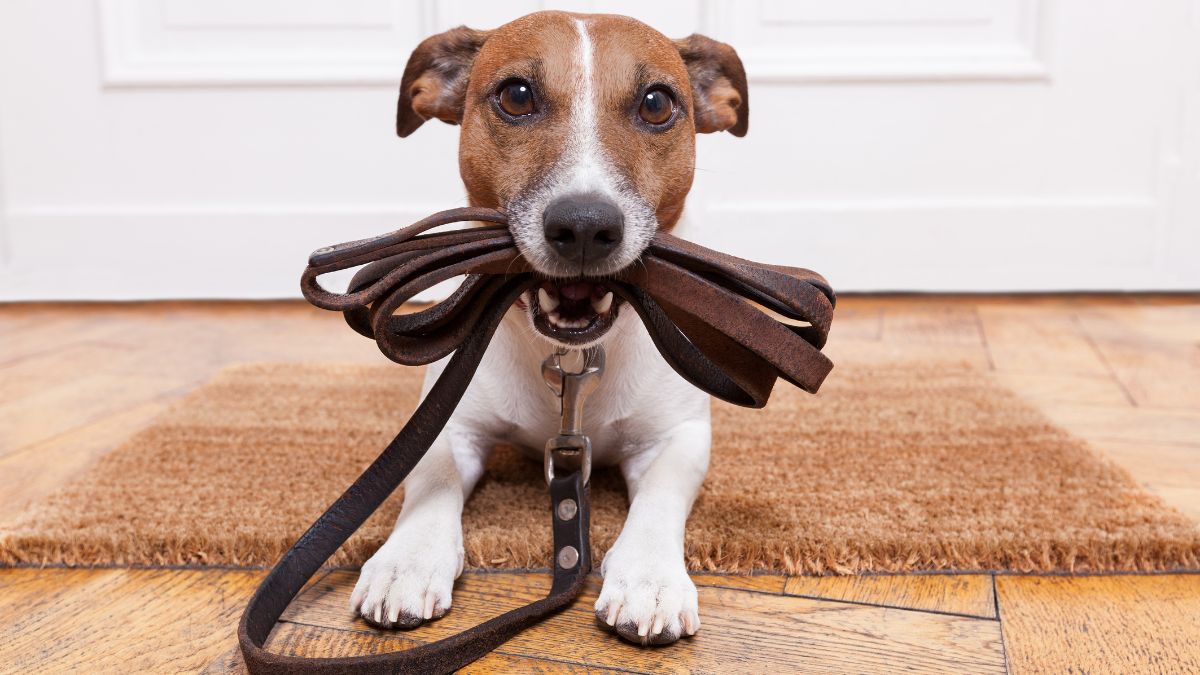Did you know that some breeds have an instinctual tendency to wander and explore far beyond their surroundings? Training a dog to walk off the leash is a challenging yet rewarding endeavor that requires patience, consistency, and trust. Here’s a comprehensive guide on how to achieve a safe, enjoyable off-leash walk with your dog.
1. Understanding Your Dog’s Natural Tendencies
Off-leash training starts with a solid understanding of your dog’s unique behaviors. Some dogs, such as terriers and retrievers, may have strong prey drives or excitement around other animals. Take note of any tendencies that could be risky, such as:
- Chasing cars or other animals
- Fear of loud noises like thunderstorms or fireworks
- High energy or reactive behavior around other dogs
Recognizing these tendencies early helps you tailor the training sessions to improve your dog’s attentiveness and reduce risky behavior.
2. Building a Strong Recall Response
The recall command (or “come”) is the foundation of successful off-leash training. Teach this command in a distraction-free area and gradually add distractions over time. Use high-value treats or your dog’s favorite toy to reinforce the behavior. Make sure your dog responds immediately, as this skill will be crucial in off-leash settings.
3. Practicing Basic Obedience Skills
Obedience commands like “sit,” “stay,” “leave it,” and “heel” are essential when training a dog to go off-leash. Practicing these commands in different environments and rewarding your dog for compliance will strengthen their focus on you and reinforce their good behavior.
4. Using a Long Leash for Safety
Transitioning to off-leash walking can be easier with a long leash or lead. This allows your dog some freedom while still ensuring they can’t run too far. Use the long leash in secure, open spaces, gradually decreasing the leash length as your dog becomes more responsive to your commands.
5. Reinforcing Positive Behavior with Rewards
Positive reinforcement is essential when training any new behavior. Every time your dog listens to you or checks in with you, reward them with treats, praise, or play. However, balance the frequency of treats to avoid dependency and encourage natural check-ins.
6. Teaching Your Dog to “Look” at You
Teaching the “look” command encourages your dog to focus on you instead of distractions. This command is especially helpful in situations where something might divert your dog’s attention. Practice in an environment with low distractions and slowly introduce more stimuli as your dog’s responsiveness improves.
7. Practicing in Enclosed Spaces First
Start by practicing off-leash behavior in fenced or enclosed areas like dog parks or backyards. Gradually introduce your dog to more open environments once you’re confident in their recall and attentiveness. Always keep your dog on a leash in busy or high-risk areas to avoid unnecessary danger.
Additional Tips for Safe Off-Leash Walking
- Always carry a leash with you in case you need to regain control.
- Know your local leash laws and follow them to avoid fines or issues with other pet owners.
- Don’t overestimate your dog’s training. Watch their body language for any signs of stress or distraction.
- Practice regularly to keep their skills sharp.
FAQs
The training duration depends on your dog’s breed, temperament, and existing obedience skills. Generally, it takes several months of consistent practice to ensure reliable off-leash behavior.
Breeds with strong recall instincts, such as Border Collies, Labradors, and Golden Retrievers, may respond better to off-leash training. However, any dog can learn with consistent practice and positive reinforcement.
No, it’s best to keep your dog leashed in busy areas with heavy traffic or other dogs. Off-leash walking is best suited to open or fenced areas with few distractions.
While some trainers may use shock collars, many experts recommend positive reinforcement as a safer, more effective training method. Focus on commands and rewards to build trust and respect.
Training your dog to walk off the leash isn’t just about freedom; it’s about creating a safe, enjoyable experience for both you and your furry friend. By following these steps and remaining consistent, you’ll be well on your way to building the trust and skills needed for off-leash adventures.











